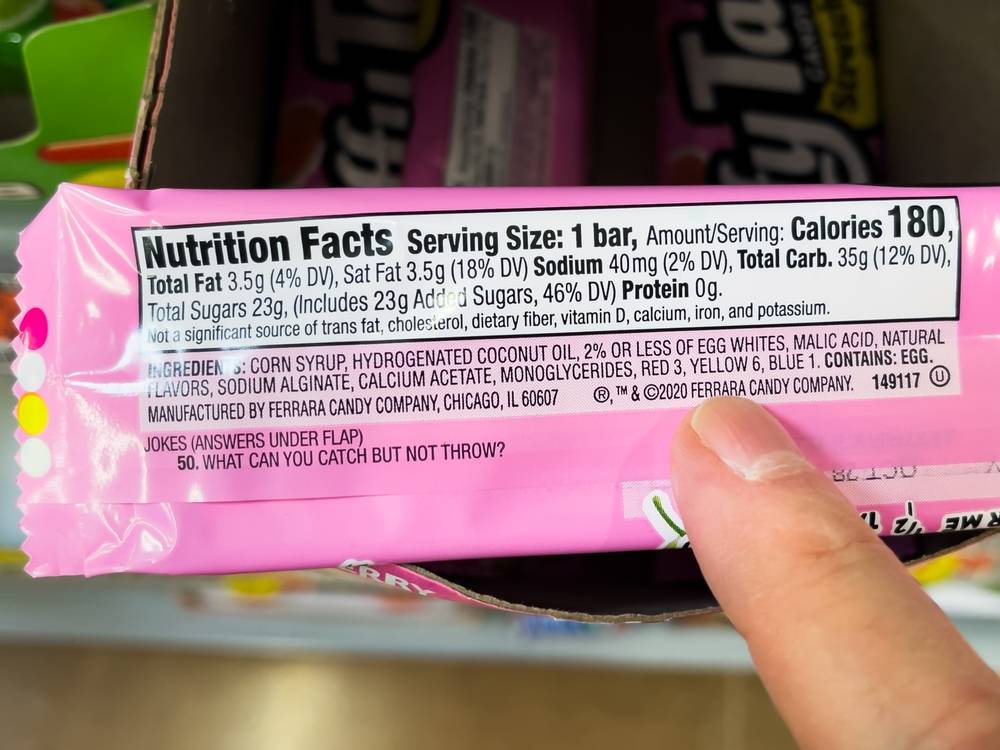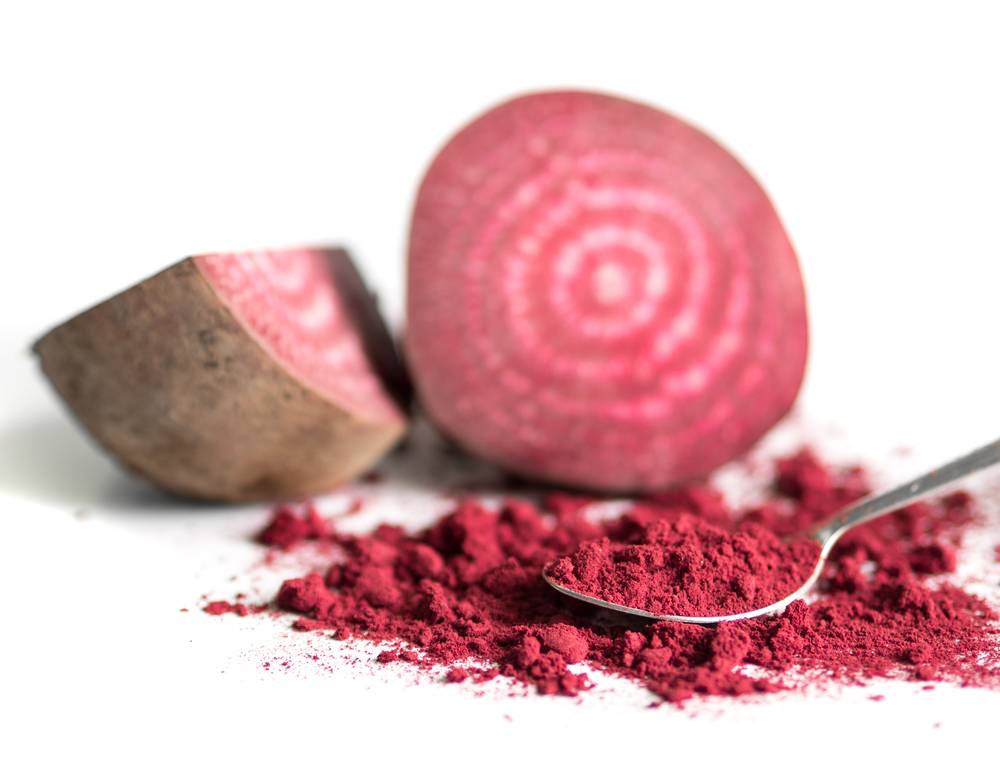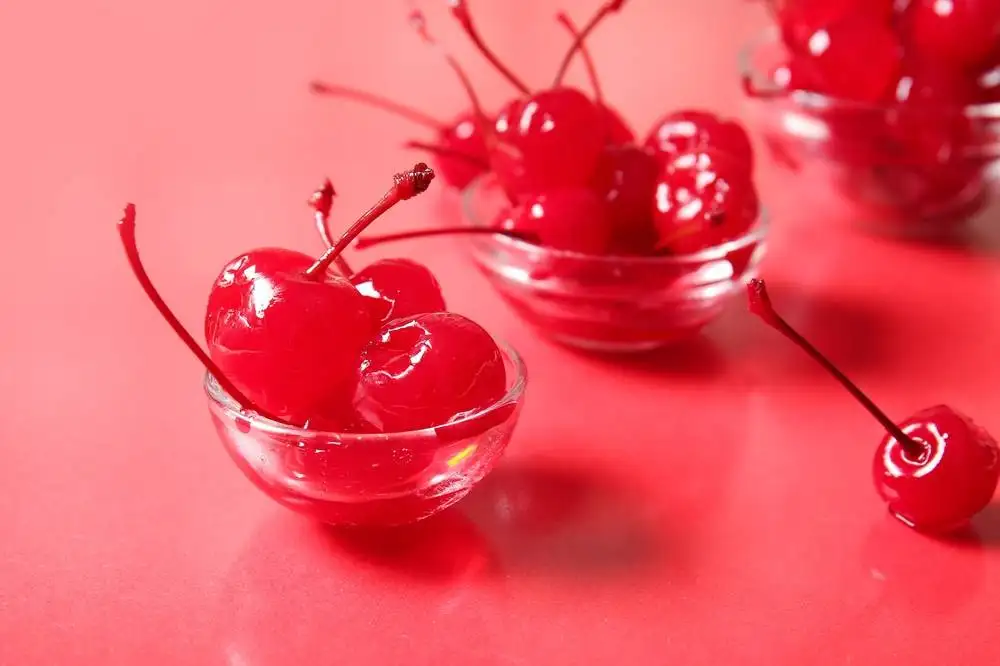Updated 23 Jan 2025 with a response from Singapore Food Agency (SFA)
You’re enjoying your favourite candy or sipping that vibrant drink, when the news hits: the FDA has just banned Red No. 3, a food dye linked to potential health risks, including cancer. Is your go-to treat affected?
What Is Red No. 3?
Red No. 3, also known as erythrosine, is a synthetic food colouring derived from petroleum. It’s commonly used to give food and drinks their signature bright red hue, especially in candies, cereals, maraschino cherries, and strawberry-flavoured milkshakes. In fact, over 9,200 food products, including many from major food manufacturers, contain Red No. 3.

Despite health concerns, the dye has remained widely used in food products, largely due to pushback from the food industry. For instance, maraschino cherries heavily rely on Red No. 3 to maintain their iconic red colour. It’s also present in thousands of candies, snacks, and fruit-based items. It is even used in cough syrups and gummy vitamins, turning them an enticing bright red colour.
Why Is It Banned?
The FDA’s recent ban stems from a 2022 petition by food safety advocates who urged the agency to restrict the dye due to its potential health risks. This decision is particularly notable considering that the FDA had identified concerns with Red No. 3 as early as 1990 – as an ingredient in cosmetics.
While the FDA noted that there were two studies showing cancer in male lab rats exposed to high levels of Red No. 3, the agency clarified “the way that FD&C Red No. 3 causes cancer in male rats does not occur in humans.”
Additionally, the FDA pointed out that “relevant exposure levels to FD&C Red No. 3 for humans are typically much lower than those that cause the effects shown in male rats,” and other human and animal studies did not show similar risks.
However, the FDA’s move to ban Red No. 3 in food and drugs is based on the Delaney Clause, which prohibits the approval of any food or color additive found to induce cancer in humans or animals.
The United States is one of the last major economies to take action on the dye. This dye has already been banned in many parts of the world in Europe, Australia, and New Zealand, with exceptions for certain cherry varieties.
What Does This Mean for You?
It is worth checking the ingredient labels of the foods you regularly consume to see if Red No. 3 is included.
“Red dye offers no nutritional or positive impacts on health. There is only potential harm,” shared Jamie Alan, an associate professor of pharmacology and toxicology at Michigan State University, with Yahoo Life.

You can do your best to avoid red dye No. 3 by choosing dye-free foods. Alternatively, look for ones that use more natural colouring – typically beet or berry based.
The FDA’s decision might raise concerns about the safety of products that still contain Red No. 3 in your country. While this dye is banned in the U.S., it’s may still be present in foods in parts of the world where it is not explicitly banned.
The Singapore Food Agency (SFA) ensures food colourings used in the country are safe by approving them before they can be sold. SFA also follows the Joint FAO/WHO Expert Committee on Food Additives (JECFA) for safety assessments. With strict regulations in place, only approved colourings are permitted, and SFA conducts sampling and testing to ensure compliance.
Singapore Food Agency’s Response
In response to Medical Channel Asia’s enquiry, SFA shared the following respinse:
SFA Red No.3 or Erythrosine (Colour Index 45430) is a permitted food colouring matters under Singapore’s Food Regulations.
The Singapore Food Agency (SFA) adopts a science-based risk management approach that is consistent with international standards to ensure food safety. Similarly, when assessing the safety of food colourings, SFA takes reference from the assessments by the Joint FAO/WHO Expert Committee on Food Additives (JECFA). JECFA has assessed that Red No. 3 or Erythrosine is safe for human consumption.
SFA will continue to monitor new scientific evidence and international developments on the impact of food colourings, including Red No. 3, on human health and review our regulatory standards where necessary.
More information on the safety of food additives and food colourings can be found on SFA’s website.

